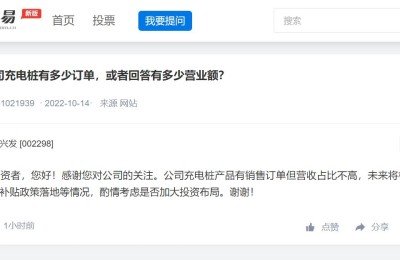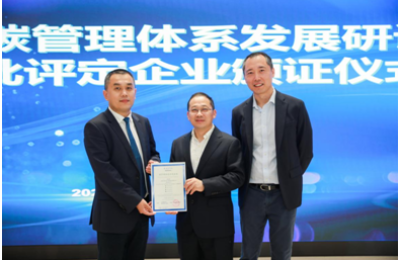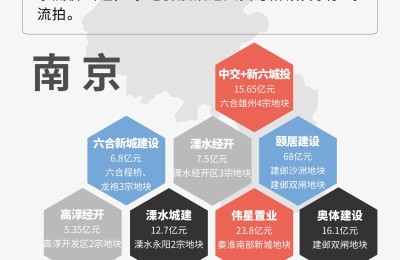物流运作模式(物流运作模式有哪几种)
物流运作模式的分类
根据主体的不同可以分为:供方物流运作模式、需方物流运作模式、第三方物流运作模式、集成物流运作模式;根据物流需求的不同可以分为:单功能物流运作模式(物流企业为客户提供以单一功能的物流服务)、多功能物流运作模式(物流企业为客户提供运输、仓储、配送等两种或两种以上的物流服务内容。需要不同物流设施、设备和作业方式配合。)、集成物流运作模式(可分为纵向集成物流、横向集成物流)。
According to the different subjects, it can be divided into: supply-side logistics operation mode, demand-side logistics operation mode, third-party logistics operation mode, and integrated logistics operation mode; according to the different logistics needs, it can be divided into: single-function logistics operation mode (logistics enterprises serve customers) Provide logistics services with a single function), multi-functional logistics operation mode (logistics companies provide customers with two or more logistics services such as transportation, warehousing, and distribution. Different logistics facilities, equipment and operation methods are required.), Integrated logistics operation mode (can be divided into vertical integrated logistics and horizontal integrated logistics).
自营物流运作模式
优点 :(1)供应链各个环节有较强的控制能力,易与生产和其他业务环节密切配合。(2)企业拥有对物流系统运作过程的有效控制权。(3)保障企业在物流配送环节的优先地位,提高企业品牌价值。(4)合理地规划管理流程,提高物流作业效率,减少流通费用。
缺点:(1)增加企业投资负担,削弱企业抵御市场风险的能力。(2)需要很强的物流信息化平台的开发建设能力。(3)需要专业的物流管理人才。(4)物流也许会成为企业一个负担。
Advantages: (1) Strong control ability in all links of the supply chain, easy to closely cooperate with production and other business links. (2) The enterprise has effective control over the operation process of the logistics system. (3) Guarantee the priority position of the enterprise in the logistics and distribution link, and improve the value of the enterprise brand. (4) Reasonably plan the management process, improve the efficiency of logistics operations, and reduce circulation costs.
Disadvantages: (1) Increase the investment burden of enterprises and weaken the ability of enterprises to resist market risks. (2) Strong development and construction capabilities of logistics information platform are required. (3) Professional logistics management talents are needed. (4) Logistics may become a burden for enterprises.
第三方物流运作模式
是由供方与需方以外的物流企业提供物流服务的业务模式。
优点:(1)企业集中精力于核心业务。(2)减少企业固定资产投资,加速资本周转。(3)充分利用第三方物流具有优势的信息网络和物流设施服务于企业的运输、配送等物流活动。(4)使企业的运作柔性和对市场反应的敏捷性得到进一步提高。
缺点:(1)降低了企业的物流服务水平。(2)减少了企业利润。(3)物流外包还可能使企业对关键物流活动失去控制,同时会产生企业责任外移的可能性,导致因外包而产生的潜在收益无法实现。(4)还会产生企业技术和信息资源风险、外包的可靠性风险等其他风险问题。
it is a business mode in which logistics companies other than the supplier and the demander provide logistics services.
Advantages: (1) The company concentrates on its core business. (2) Reduce corporate investment in fixed assets and accelerate capital turnover. (3) Make full use of third-party logistics's advantageous information network and logistics facilities to serve the transportation, distribution and other logistics activities of the enterprise. (4) To further improve the flexibility of the enterprise's operation and the agility of response to the market.
Disadvantages: (1) Reduce the logistics service level of the enterprise. (2) Reduce corporate profits. (3) Logistics outsourcing may also cause enterprises to lose control of key logistics activities, and at the same time, it may cause the possibility of corporate responsibilities to shift out, resulting in the unrealization of potential benefits arising from outsourcing. (4) Other risk issues such as enterprise technology and information resource risks, outsourcing reliability risks, etc. will also arise.
1+3物流运作模式
1+3物流中的“1”是指自营物流模式,“3”是指第三方物流模式。
优点:(1)业务控制增强。(2)资源整合充分。(3)减少交易成本。(4)防止公司机密外泄。
缺点:(1)增加信用成本。(2)企业选择外包,业务流程和管理流程进行再造,影响企业正常的生产经营活动。(3)外包具有可靠性风险。基于委托—代理机制下的外包,整个供应链中信息传递扭曲和变形,出现“牛鞭效应”。(4)缺乏对未来不确定性因素的认识,导致在认定责任、赔偿和免责等时,容易影响供应链的正常工作
"1" in 1+3 logistics refers to the self-operated logistics mode, and "3" refers to the third-party logistics mode.
Advantages: (1) Enhanced business control. (2) Sufficient resource integration. (3) Reduce transaction costs. (4) Prevent leakage of company secrets.
Disadvantages: (1) Increase the cost of credit. (2) Enterprises choose outsourcing, business processes and management processes are reengineered, which affects the normal production and operation activities of the enterprises. (3) Outsourcing has reliability risks. Based on outsourcing under the principal-agent mechanism, the information transmission in the entire supply chain is distorted and deformed, and the "bullwhip effect" appears. (4) Lack of understanding of future uncertain factors, which may easily affect the normal work of the supply chain when determining liability, compensation and exemption, etc.
参考资料:文字:重庆邮电大学李诗杨老师物流运作管理PPT;图片:百度;翻译:GooGle翻译.






